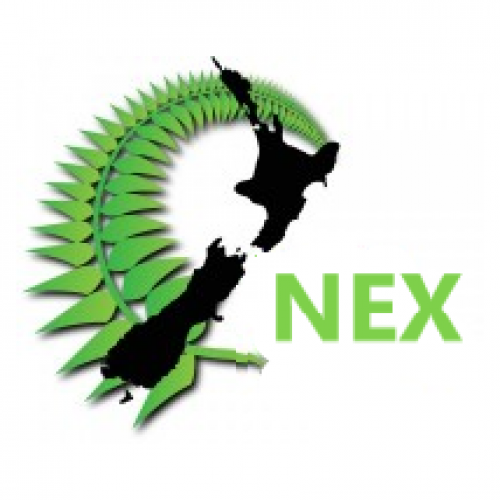Assessment in a Digital World
Katherine Stewart - December 17, 2023
The Asia-Pacific Online Distance Education (APODE) network in conjunction with FLANZ ran APODE Week this November to explore how digital assessments can be designed, set and graded anywhere and anytime, both for formative and summative types. While this is nothing new in online learning, research shows that digital assessment design may better benefit our diverse learners.
In their research Designing assessment in a digital world: an organising framework, (Bearman, Nieminen and Ajjawi 2023), the transformative qualities of digital technology and its impact on assessment are chanelled into three main purposes: that digital assessment should be a tool for improvement, a means to develop digital literacy, and as a means to leverage human capacity and capability.
This capacity was highlighted by webinar facilitator Kwong Nui Sim, Associate Professor and Associate Dean of Learning at Sydney International School of Technology and Commerce.
An example is that some of our dyslexic ākonga may not be suited to traditional reading and writing assessments without learning support, but could be excellent thinkers and analysts using digital tools, such as AI. That extension of analytical thinking could be supported by use of programmes such as RIFF , a reflection bot that can assist ākonga in almost any type of reflection. You can try out RIFF—as an ākonga might—here and choose the Try The Learner Perspective option.
One of the key skills eTeachers want to facilitate is digital competency, and with digital assessment there needs to be scaffolding to assist ākonga toward that goal. As it happens, the more prominent software companies are pivoting to ways that ākonga can respond to and reflect upon digital assessment modes. Microsoft, as an example, have a feature on Teams to reflect. It is likely better suited to our rangitahi ākonga as a tool, but again, there is scope for this to be developed for our tamariki ākonga in another education-adjacent company, Google, by using Forms.
Finally, for our Year 7 and 8 ākonga, digital competency is key in moving securely into a world of digital assessment. It's likely that at this stage of their digital journey they have had access to devices such as phones, the internet and social media, outside their educational environment.
One of the successful modes to help facilitate this to demonstrate common language grounds where possible. Who would have thought that emoticons (  ) could serve an educational purpose?
) could serve an educational purpose?

For further reading, have a look at these related articles:
Designing Assessment in a Digital World
Tools for assessing teacher digital literacy: a review
A big thank you to Lucie Lindsay and Carrie Vander Zwaag for attending this session and their collaborative notes.

